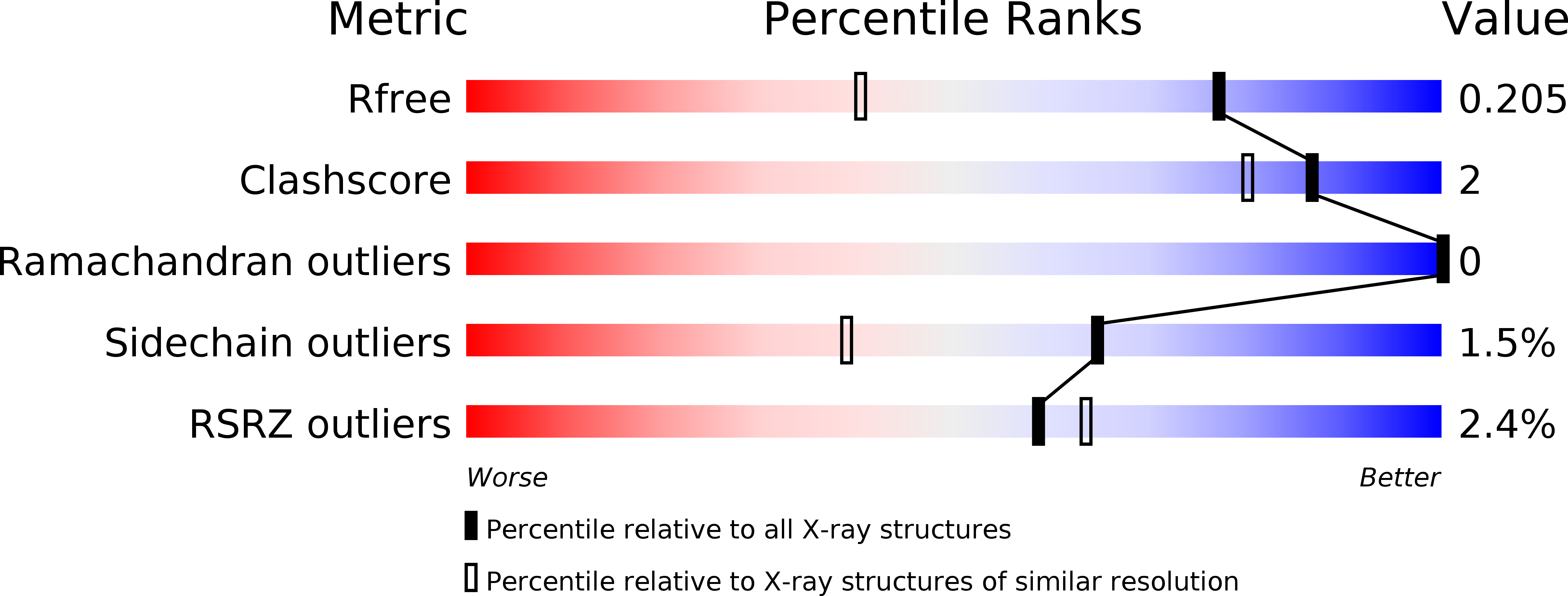
Deposition Date
2020-01-11
Release Date
2020-05-27
Last Version Date
2023-11-29
Entry Detail
PDB ID:
6LPM
Keywords:
Title:
Crystal structure of AP endonuclease from Deinococcus radioduran
Biological Source:
Source Organism:
Deinococcus radiodurans (Taxon ID: 1299)
Host Organism:
Method Details:
Experimental Method:
Resolution:
1.50 Å
R-Value Free:
0.20
R-Value Work:
0.18
R-Value Observed:
0.18
Space Group:
P 21 21 21


